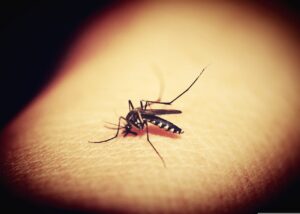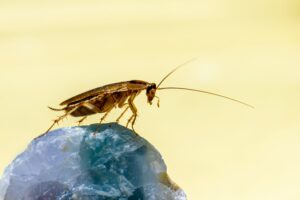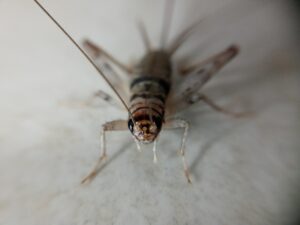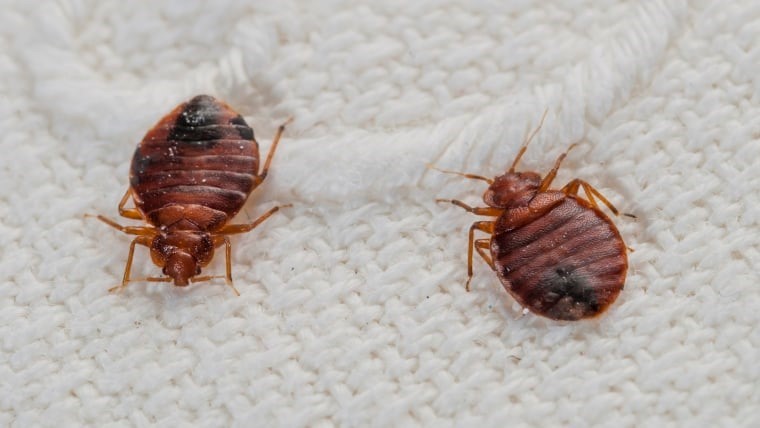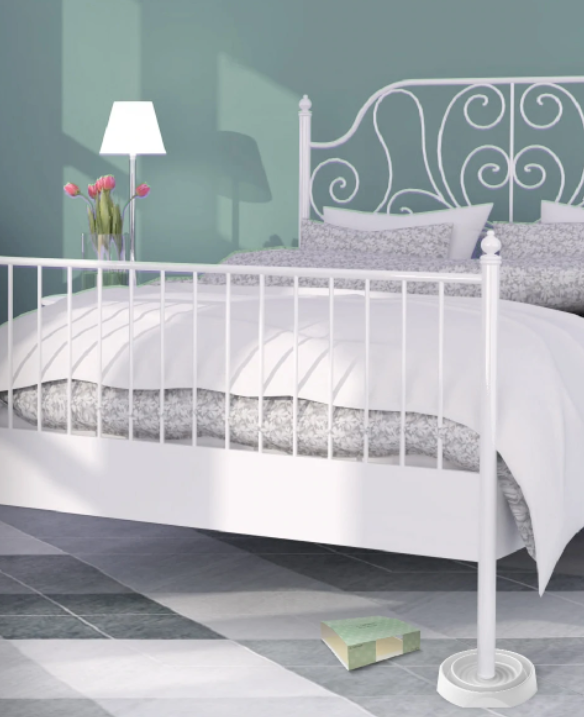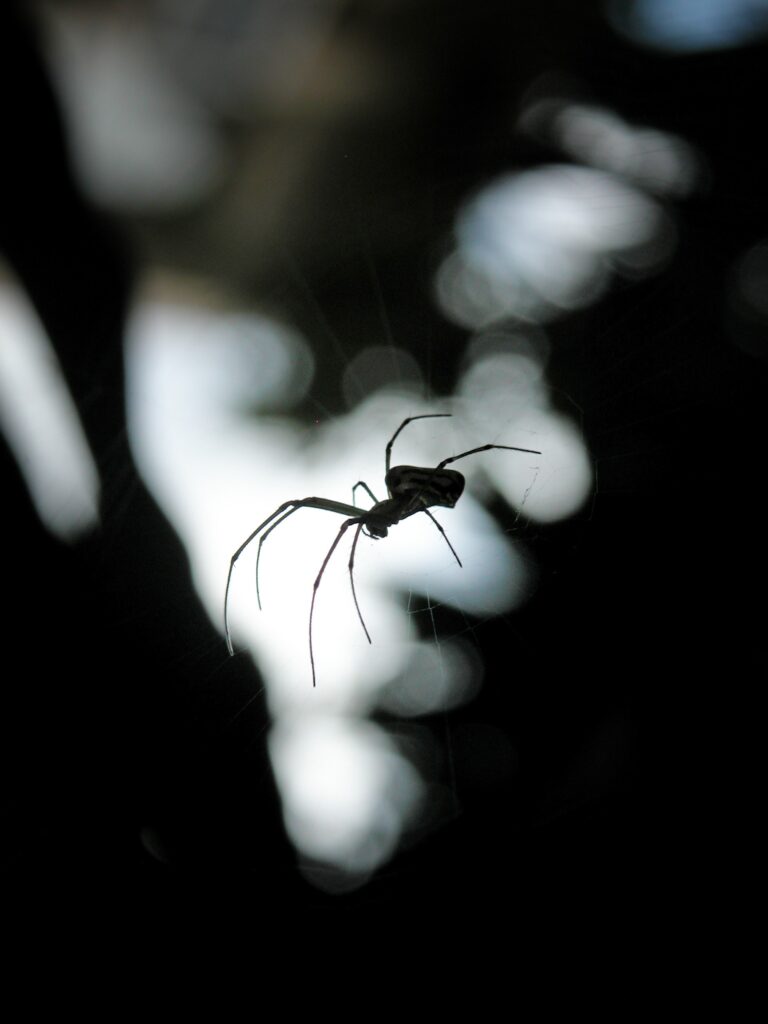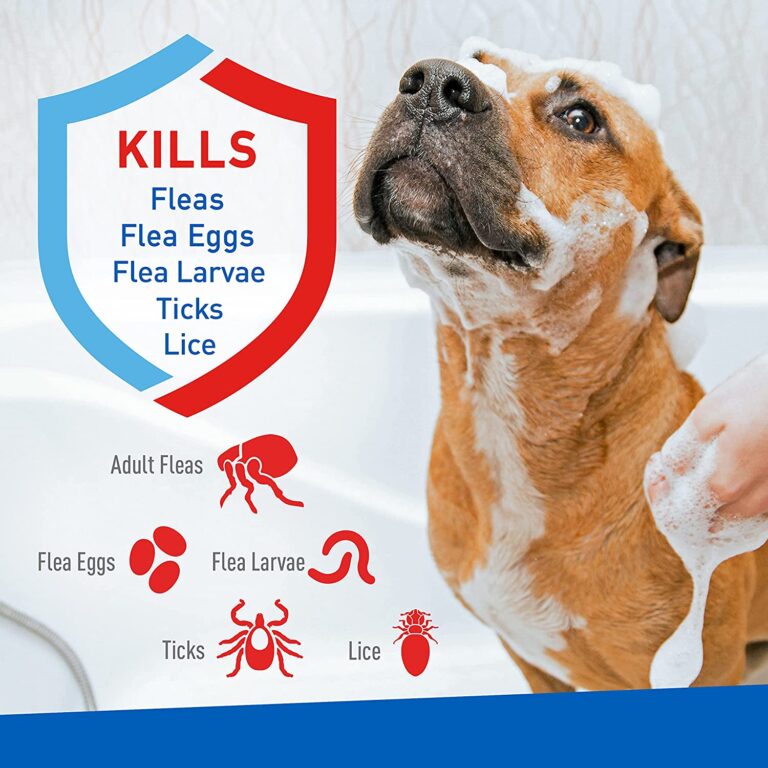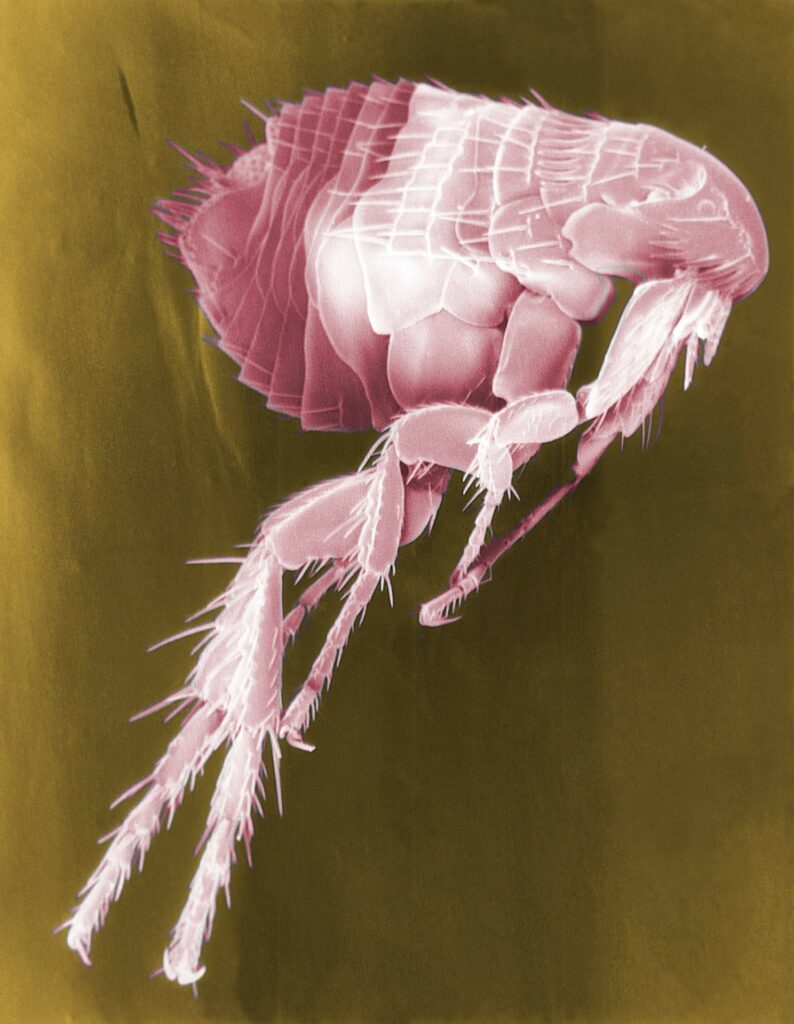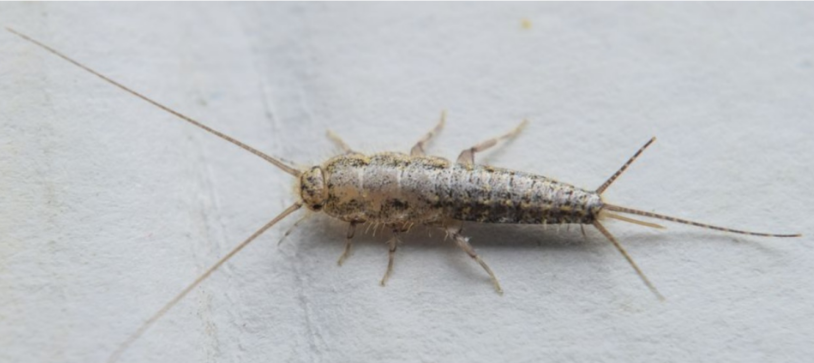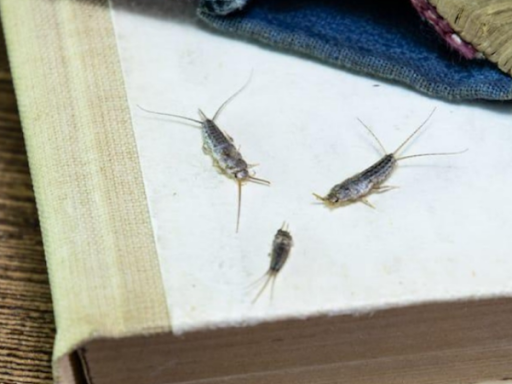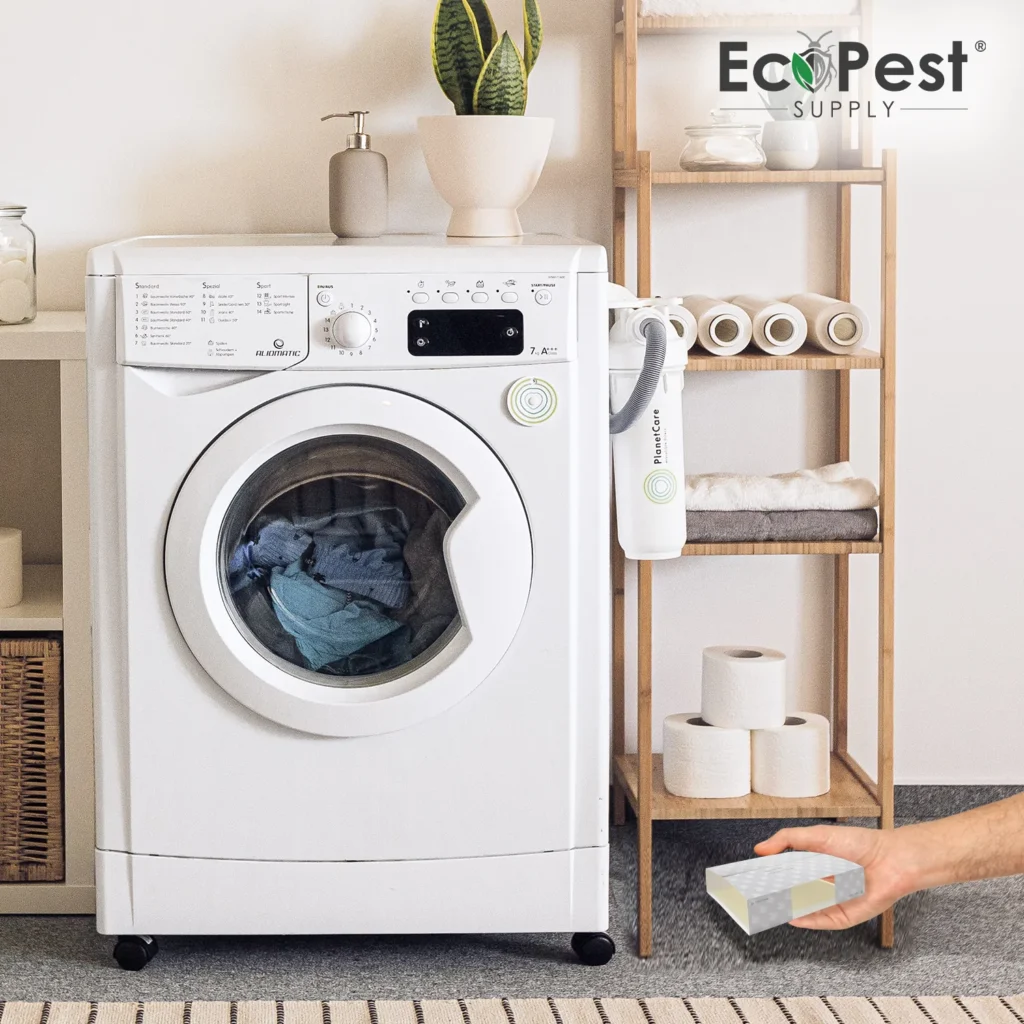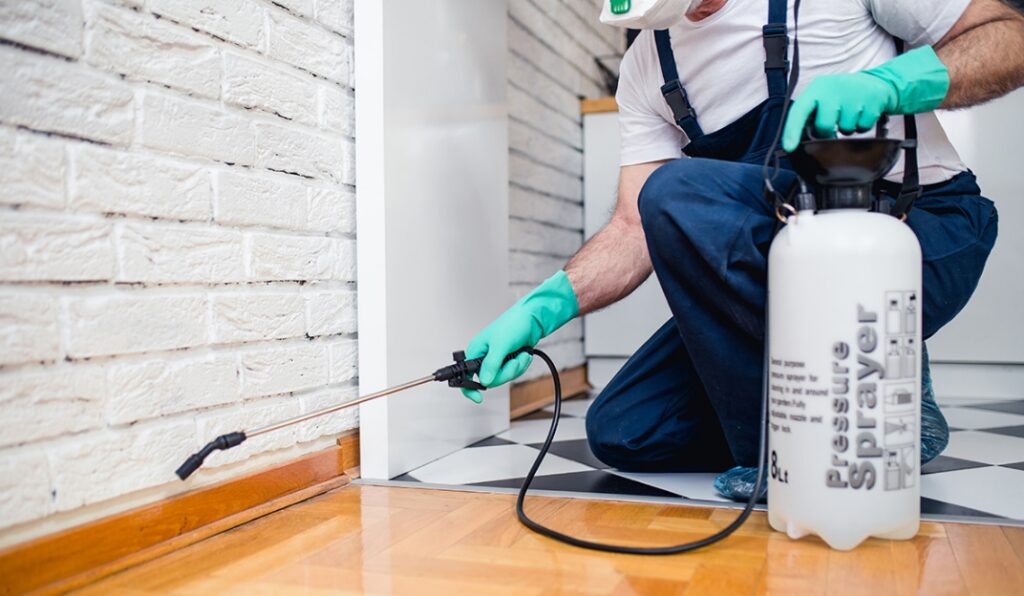Have you noticed a few ants in your home? This can be a cause for alarm because ants are super organized and will leave a trail for other ants to follow if there is food and shelter. This means your home can soon be infested with ants if you don’t deal with them right away.
But, with so many ant-killing options on the market, you might be wondering what’s the best solution.
If you have pets you need to take extra precautions when using any ant killers, because the harmful ingredients can be dangerous for mammals, including your cats and dogs. That’s why we are discovering the top 5 pet-safe ant killers that will help you eliminate pests and keep your furry friends safe.
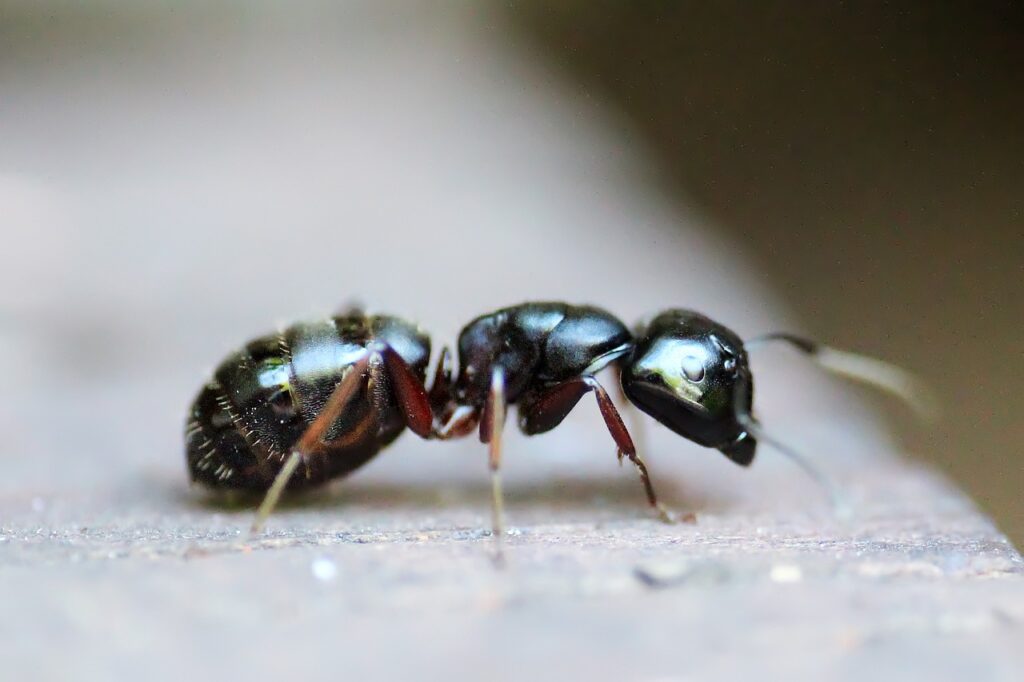
What Are Pet Safe Ant Killers?
With so many ant repellents and ant-killing solutions on the market, it’s hard to decide which one is the most efficient but at the same time safe for your pets. Luckily there are many options with safe ingredients you can use in your home and garden, but it’s always a good idea to monitor the baits and traps, and prevent accidental ingestion by your pets.
Here are a couple of ingredients that are considered natural or safe for your pets:
- Diatomaceous earth
- Spinosad
- Indoxacarb
- Imidacloprid
- Borax or boric acid
If you see those ingredients on the list chances are the product is safer for your pets, although always follow the instructions and never let your pets eat the ant killers.
Some ingredients such as Hydramethylnon, Bifenthrin, and Thiamethoxam should be avoided because they can cause excess salivation, vomiting, diarrhea, pain, and skin irritation. Most of the time even those ingredients are safe in smaller quantities, so all you need to do is monitor or restrict your pet from the infested area.
Top 5 Pet Safe Ant Killers
Terro Ant Killer Bait Station
The Harris Diatomaceous Insect Killer
MDXconcepts Organic Pest Spray
Syngenta – Optigard Ant Bait Gel
EcoRaider Ant Killer

Terro Liquid Ant Baits are an excellent choice for killing household ants without harming your pets. This ant killer comes in ready-made, plastic bait stations that can be placed near ant trails or in ant-infested areas. The bait is easy to open and set up, and you don’t need to worry about the mess.
Terro liquid ant baits contain Borax as the main ingredient. It’s not the most natural and safest option, but it’s safe enough to have around your pets, just make sure they don’t ingest it in large quantities.
It doesn’t kill ants right away, but it slowly kills their digestive systems, giving them time to return to the bait a few more times. After trying the bait, ants take a dose of forage back to the nest, which contributes to bait spreading and circulating within the ant colony, killing even the insects you can’t see.

Diatomaceous Earth powder is one of the best and most natural solutions for ants, roaches, silverfish, and bed bugs. The Harris Diatomaceous Earth killer is especially effective and comes in a convenient puffer bottle for easy application.
The Diatomaceous Earth powder will dry out the exoskeleton of all insects that come in touch with it and destroy entire colonies in a matter of days. Keep in mind that you should re-apply the powder for the best effects, but rest easy because your pets are completely safe.

MDXconcepts Organic Pest Spray is a completely organic and safe solution based on natural ingredients such as essential peppermint oil. This spray will act as an ant repellant and disrupt the trail they leave behind for other ants to follow.
In addition, this spray can deal with smaller infestations and kill ants because it contains sodium lauryl sulfate or SLS, best known as liquid soap. While it might not be the most effective solution on the list, it’s one of the safest that you can use even in your kitchen.

Optigard Ant Bait Gel is one of the most popular and effective solutions on the market that will help you deal with ants. The packaging resembles a syringe and you need to apply a couple of drops on the trail where you notice the ants.
The Optigard ant bait gel contains Thiamethoxam .010% and it will take some time and practice for the right application and full effect on the ants. But, it’s considered safe for dogs and cats, as long as they don’t ingest too much of the solution.
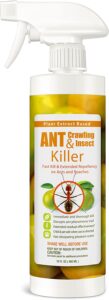
The EcoRaider Ant Killer is a natural ant repellent and killer that will disrupt their trails and kill most of the ants that are already in your home. While this spray will deal with ants it’s completely non-toxic to humans, cats, dogs, and other pets you might have.
It’s also good to know that this spray is going to kill ants naturally, but it’s strong enough to deal with fire ants also. It’s easy to apply but some people might be overwhelmed by the citrus smell, on the other hand, the scent will protect your home for a long time.
Call Ant Exterminators
The solutions we mentioned in this detailed article will help you deal with ants and keep your pets safe, but if the infestation is severe you should call the professionals. Ants are very persistent, cause property damage and even have painful bites, so you should deal with the infestation as soon as possible.
Once you choose one of the top picks we made for you make sure to follow up with all the baits and traps, and ensure the colonies are completely eradicated.
